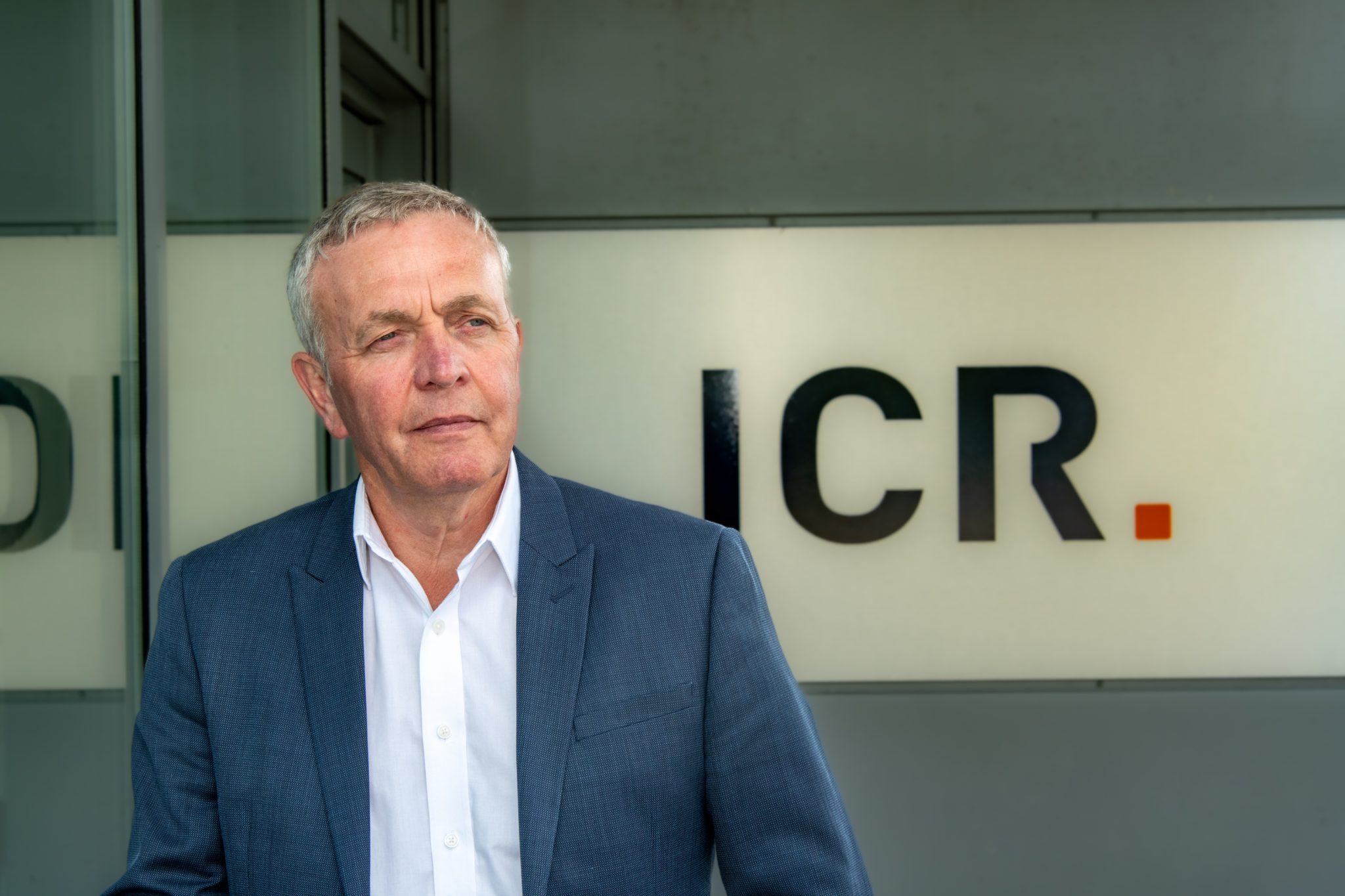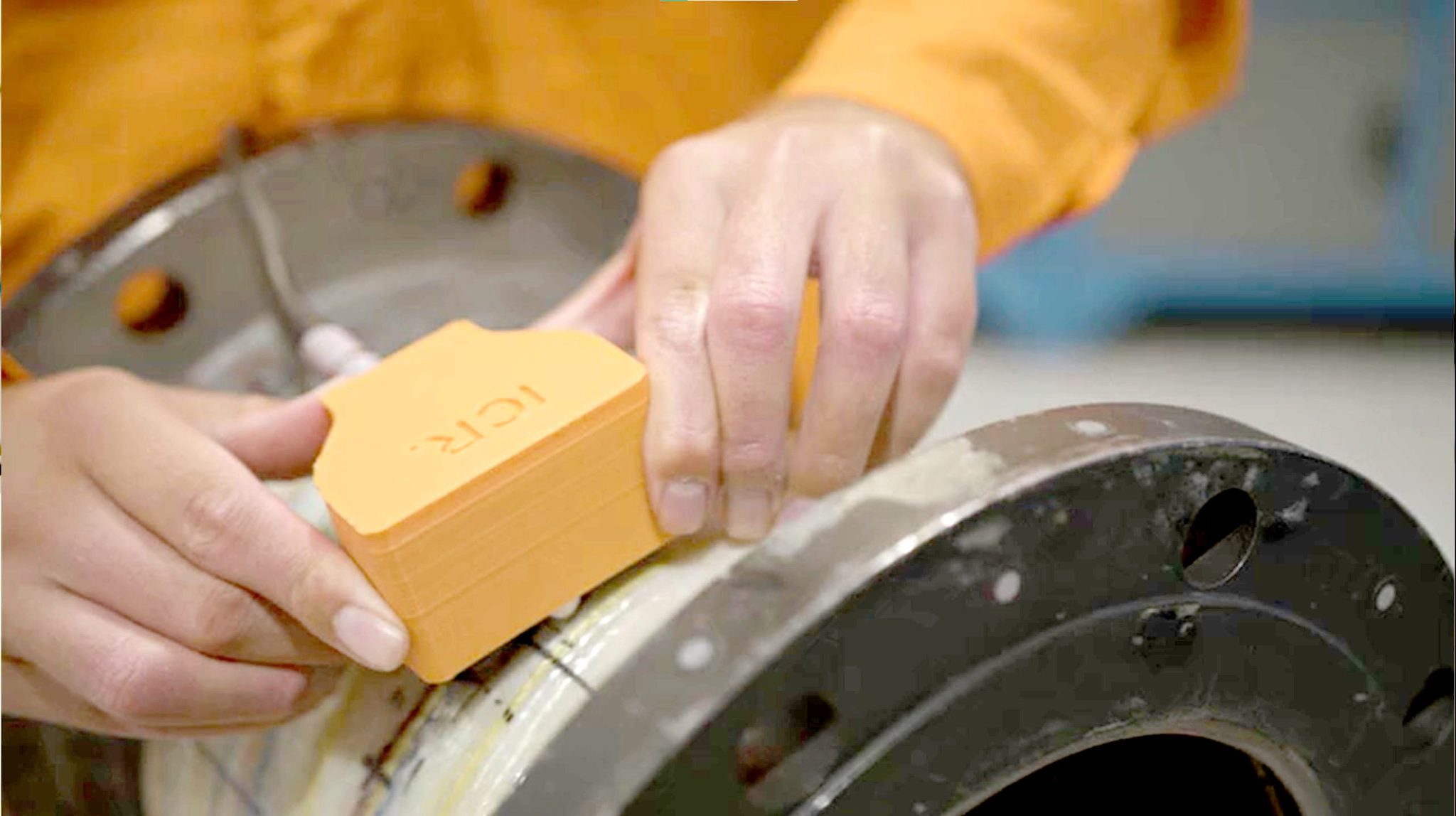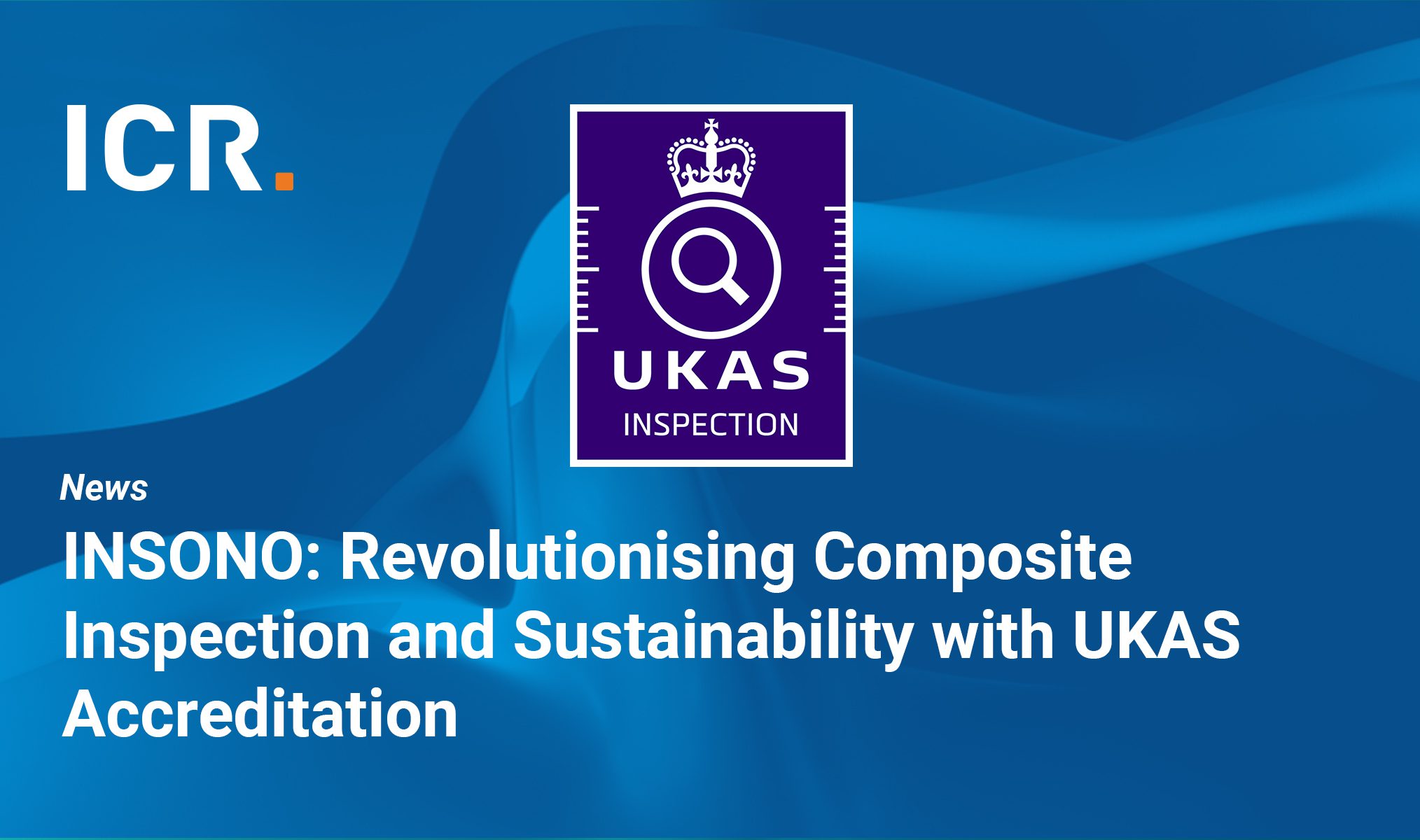ICR Sky-Futures™: How integrated inspections are curbing methane emissions
by Antonio Caraballo, Inspection and Integrity Management Services Director at ICR Group
It’s still a few weeks until COP28, but already there has been a call for the international climate summit to give more credence to the issue of methane emission reduction.
COP28 UAE President-Designate, Dr. Sultan bin Ahmed Al Jaber, recently said: “The oil and gas sector needs to up its game, do more and do it faster. Let’s aim to reach net-zero methane emissions by 2030.”
It follows a stark warning from the International Energy Agency (IEA) that although methane emissions from the global oil and gas industry fell by an estimated 10% in 2020, it was only due to producers slashing output in response to the historic shock of the COVID-19 crisis. It also warns that these emissions could rebound strongly without greater action by companies, policymakers and regulators.
Meanwhile, a 2022 study by researchers at Princeton University and Colorado State University signalled that the oil and gas industry may be falling short in its emissions measuring. It found that some estimates of methane emissions from offshore production in the UK have been severely underestimated for some time. This suggests that some of the methods widely used – in the UK and elsewhere – to calculate methane emissions rely on outdated or incomplete information, and therefore may not accurately represent actual emissions.
We also know that massive methane leaks, commonly referred to as super-emitter events, are still being reported around the world. To cite just one example, two major fields near the Caspian Sea were recorded as emitting combined methane emissions of 4.4 million tonnes – up to 427 tonnes per hour – in August 2022. (*EPR – commercial query)
The most common cause behind these events is equipment failure and if they aren’t identified quickly enough or prioritised, the leaks can last for weeks – resulting in significant environmental damage. They collectively signal that not all asset operators have an effective methane emission identification and remediation programme in place.
The threats of regulatory sanctions as well as reputational damage may influence the strategic response of operators. So too may the cost-effective gains of methane emission reduction; IEA analysis indicates that the costs of improving operations or making repairs to prevent leaks can often be paid for by the value of the additional gas that is consequently brought to market.
For many asset operators this is becoming a priority issue. Conventional identification and remediation methods are not as efficient or safe as they need to be. Using ground-level sensors, for example, simply cannot provide the necessary reach to capture leaks accurately, and therefore risks operators missing high levels of escaping methane.
Similarly, handheld sensors are available but present safety and accuracy challenges as well as representing a time-consuming and labour-intensive option.
It’s why a ‘top-to-bottom’ survey, using drones and an experienced integrity monitoring team, is increasingly being recognised as the best overall option when it comes to the identification and quantification of leaks.
Sky-Futures™, part of the ICR Group and possessing over 10 years of operating experience in the provision of critical asset inspection data and analysis, has partnered with industry-leading sensor technology from SeekOps, a company formed to bring NASA and NASA’s Jet Propulsion Laboratory (JPL) technology used on Mars Rover missions to the terrestrial marketplace.
This partnership has been working with asset operators, not just in the offshore oil and gas sector but at onshore oil and gas facilities, as well as structures in the renewables sector, including petrochemical plants and biogas plants, to deliver a state-of-the-art, technology-first solution to methane emission detection.
By leveraging integrity monitoring teams, best-in-class sensors, advanced drones or unmanned aircraft systems (UAS) inspections, and actionable analytics, the partnership is supporting asset operators to decarbonise their operations, not only detecting but quantifying methane leaks as early as possible.
This innovative approach not only saves the asset operator significant time – UAV/drone inspection can cut the time in half compared to alternative methods – but reduces the risk to personnel by removing the need for rope access or scaffolding. In addition, it saves operators millions of dollars by avoiding asset shutdowns or disruption to day-to-day operations.
Recently, the team supported an operator by measuring methane emissions at four platforms in the Southern North Sea. To ensure no disruption to operations, the team conducted the surveys from an inter-field vessel. The use of state-of-the-art technology, combined with highly-experienced drone pilots and engineers, identified areas of methane emissions in real-time to ensure accurate measurements could be obtained.
Our data analysis and report provided the client with quantified methane emission results required for their baseline study. The results not only captured the expected emissions from the vents, but also identified locations of methane releases not identified by deck-based inspection techniques.
Furthermore, our Sky-Futures™ and Integrity Monitoring teams recently undertook a series of comprehensive methane surveys of an FPSO located in the North Sea. This included aerial quantification (asset level). Using drone technology, this solution enables us to detect, identify and quantify methane emissions on a site-wide scale. The consequent aerial emissions report provides a complete overview of emissions sources, ensuring a holistic measurement of assets. Our macro method pinpoints and quantifies methane emissions at the source level.
For this project, we assessed all production areas covering components such as flanges, connections, small bore tubing and valves to identify exact emission sources and allow for quick repairs. This process helped our client to compare and efficiently tackle the most significant sources.
Onshore facilities are also benefitting with established working techniques for drone systems and inspection teams.
Given the severity of the problem that methane emissions represent, we hope that the use of innovative solutions to identify leaks and support a more proactive approach to monitoring is profiled during COP28 to raise awareness of the issue and remedies available today.
With COP28 looming and regulatory scrutiny intensifying, asset operators need to prioritise the detection of methane emissions – not only because they are told to, but because it is good for the planet and their bottom line.
Antonio Caraballo, Inspection and Integrity Management Services Director, has nearly 20 years’ experience in the energy sector. COP28 will be the 28th United Nations Climate Change conference, held from November 30 to December 12 in Dubai.For more information, visit https://www.icr-world.com/what-we-do/inspection-integrity/sky-futures-uas-inspection/

Featured articles

University of life stands Govan-raised engineer in good stead

LR and UKAS boost for ICR Group’s INSONO innovation


